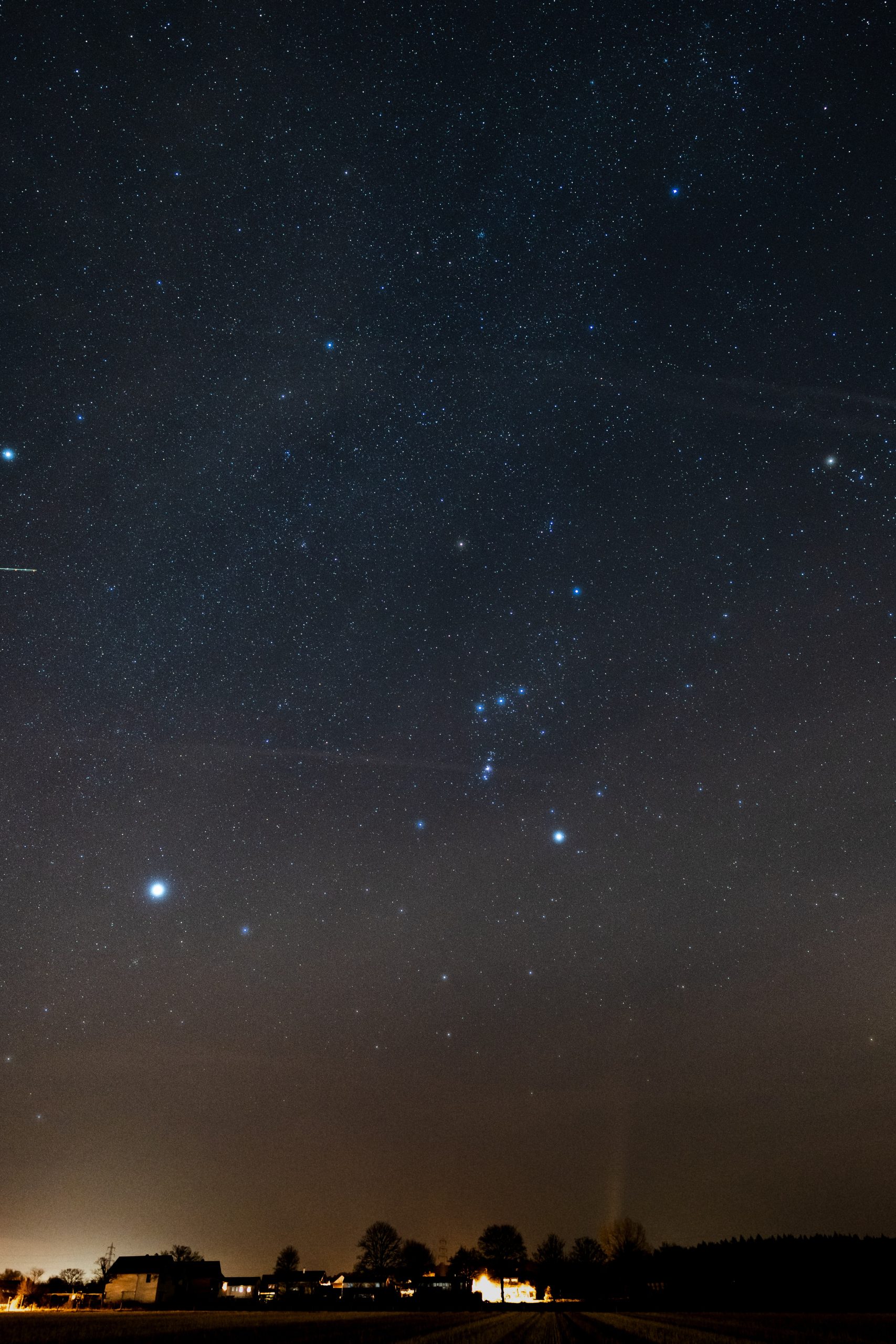Exploring the Wonders of the 3rd Quarter Moon
When we gaze up at the night sky, we are often captivated by the mesmerizing beauty of the moon. Its ever-changing phases offer a constant source of fascination for both amateur stargazers and professional astronomers alike. One of these intriguing lunar phases is the 3rd quarter moon, a period that holds a wealth of secrets and marvels waiting to be explored. In this blog post, we will delve into the world of the 3rd quarter moon, uncovering its unique characteristics and examining the fascinating facts that set it apart from other lunar phases.
Understanding the Lunar Cycle
Before diving into the specifics of the 3rd quarter moon, let’s take a moment to understand the basics of the lunar cycle. The moon goes through various phases as it orbits around the Earth, resulting in the familiar sequence of the new moon, first quarter moon, full moon, and finally, the third quarter moon.
Each phase of the moon is governed by the relative positions of the Earth, moon, and sun. As the sun’s light illuminates different portions of the moon, it seems to change shape from our perspective on Earth. When the moon is in its 3rd quarter phase, it is three-quarters of the way through its cycle around the Earth, appearing as a half-moon with the right side illuminated for observers in the Northern Hemisphere, or the left side illuminated for observers in the Southern Hemisphere.
The Appearance of the 3rd Quarter Moon
When we observe the 3rd quarter moon, several distinctive characteristics become apparent. Unlike the full moon, where the entire face of the moon is visible, or the new moon, where the moon is scarcely visible, the 3rd quarter moon presents a partial illuminated disk.
The term “quarter moon” might lead one to believe that the moon is divided into four equal parts during this phase. However, it is important to note that the “quarter” in this context refers to a quarter of the lunar month, not the physical division of the moon.
During the 3rd quarter phase, the moon rises in the middle of the night and sets around midday, providing an excellent opportunity for observation for those who prefer to stargaze during the daylight hours.
The Orbital Mechanics of the 3rd Quarter Moon
To fully comprehend the 3rd quarter moon, it is essential to familiarize ourselves with some key orbital mechanics concepts. The moon’s orbit around the Earth is not a perfect circle but instead an ellipse, meaning its distance from Earth varies throughout its orbit.
During the 3rd quarter phase, the moon is positioned at a right angle to the line connecting the Earth and the sun. This configuration results in an illumination of exactly half the moon’s face that is visible from Earth. The remaining half remains in darkness.
A unique characteristic of the 3rd quarter moon is its position in the sky. During this phase, the moon is seen rising in the eastern sky at midnight and setting in the western sky at noon. This reverse pattern of the moon’s movement compared to other phases further adds to its allure and intrigue.
The Significance of the 3rd Quarter Moon
While all lunar phases hold their own significance, the 3rd quarter moon bears several distinguishing traits worth exploring. Here are some fascinating facts about the 3rd quarter moon:
1. Visibility
The 3rd quarter moon is particularly useful for astronomers and skywatchers because it is visible for an extended period in the morning sky. This extended visibility window provides an opportunity to observe and photograph the moon’s surface in detail, identifying various craters and lunar features.
2. Tides
The gravitational pull of the moon significantly impacts the Earth’s tides. While it is commonly believed that tides are influenced by the full moon, the 3rd quarter moon also plays a vital role in shaping tide patterns. During this phase, the gravitational pull of the moon and the sun are at right angles, resulting in what is known as neap tides. Neap tides are characterized by lower high tides and higher low tides compared to other phases of the moon.
| Lunar Phase | Tide Type |
|---|---|
| New Moon | Spring Tides |
| 1st/3rd Quarter Moon | Neap Tides |
| Full Moon | Spring Tides |
3. Lunar Exploration
The 3rd quarter moon has been the setting for several historic space missions. NASA’s Apollo missions, which transported astronauts to the moon, often targeted landing sites during the 3rd quarter phase. The visibility and favorable lighting conditions during this phase allowed for a detailed assessment of potential landing spots.
Conclusion
The 3rd quarter moon is a captivating and enigmatic phase in the moon’s cycle. Its unique characteristics, such as its partial illumination and extended visibility in the morning sky, make it a favorite among stargazers and lunar enthusiasts. Not only does the 3rd quarter moon provide breathtaking views and opportunities for lunar exploration, but it also influences the Earth’s tides, demonstrating its profound impact on our planet. The next time you spot a waning half-moon in the sky, take a moment to appreciate the wonders of the 3rd quarter moon and the fascinating secrets it holds.
Table of Contents
